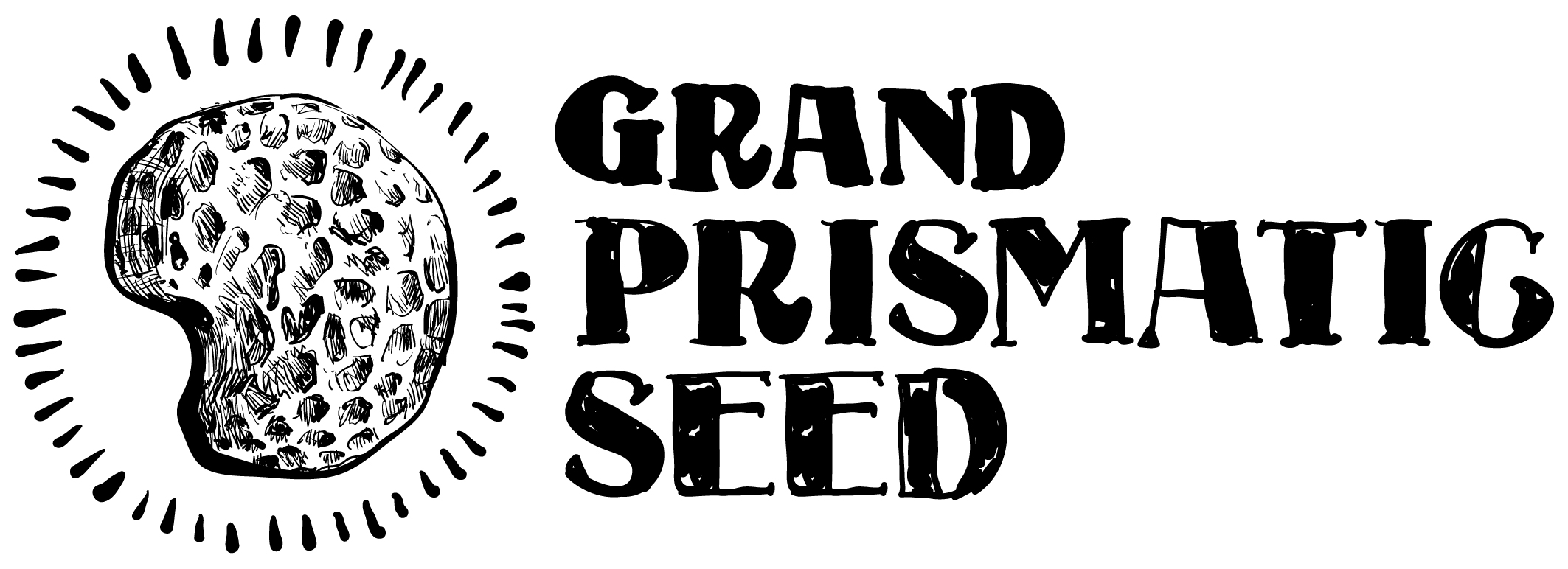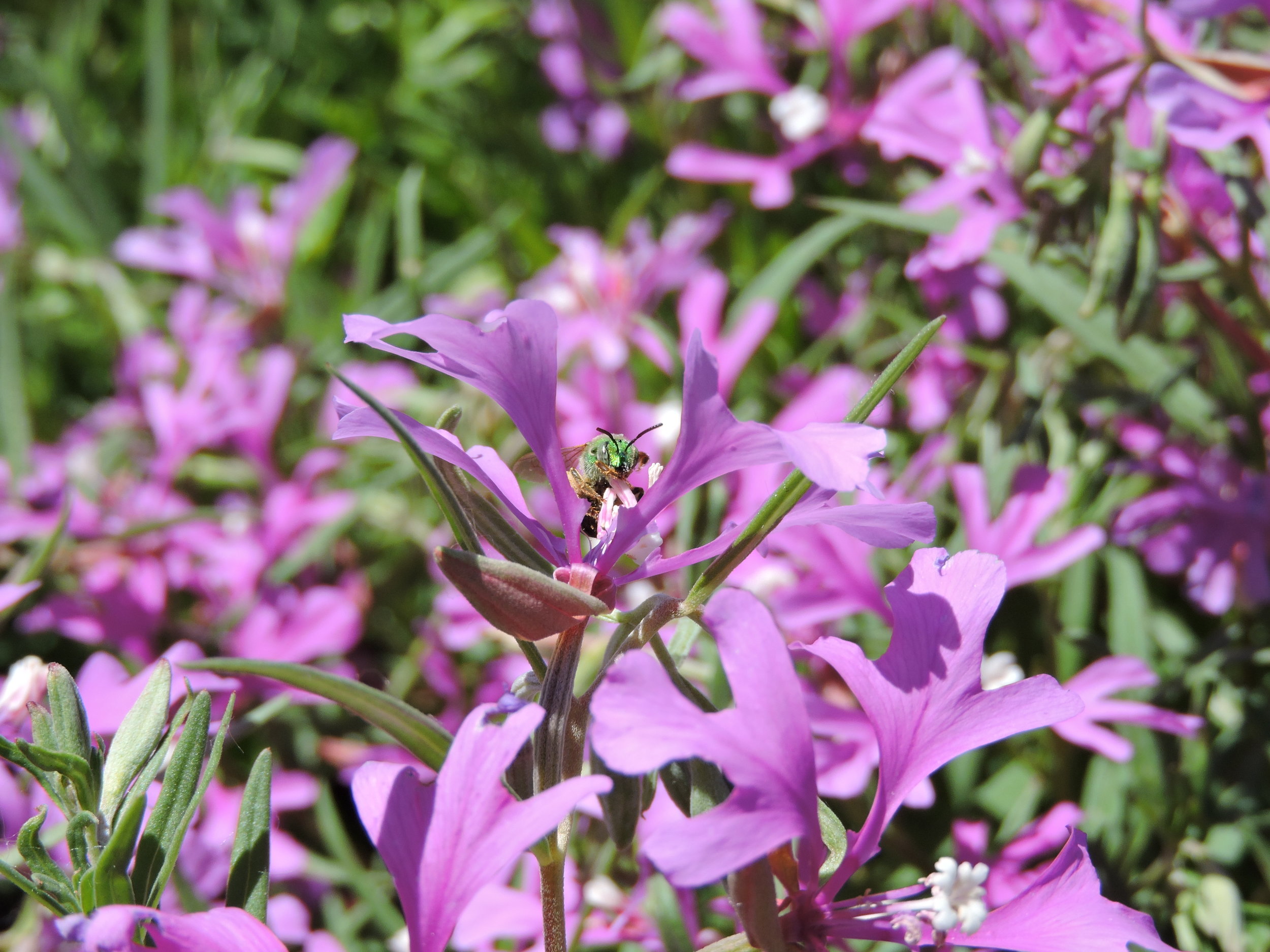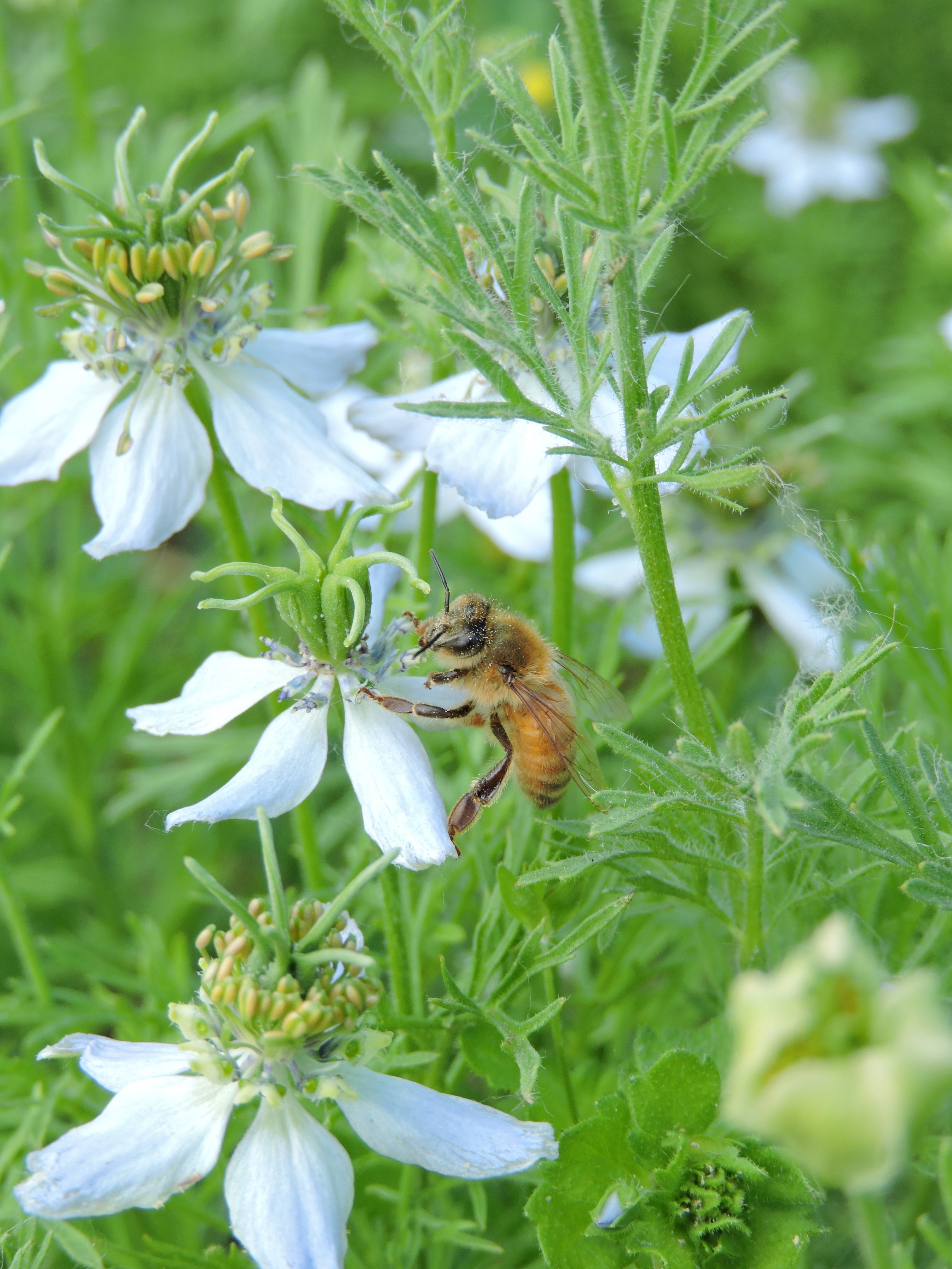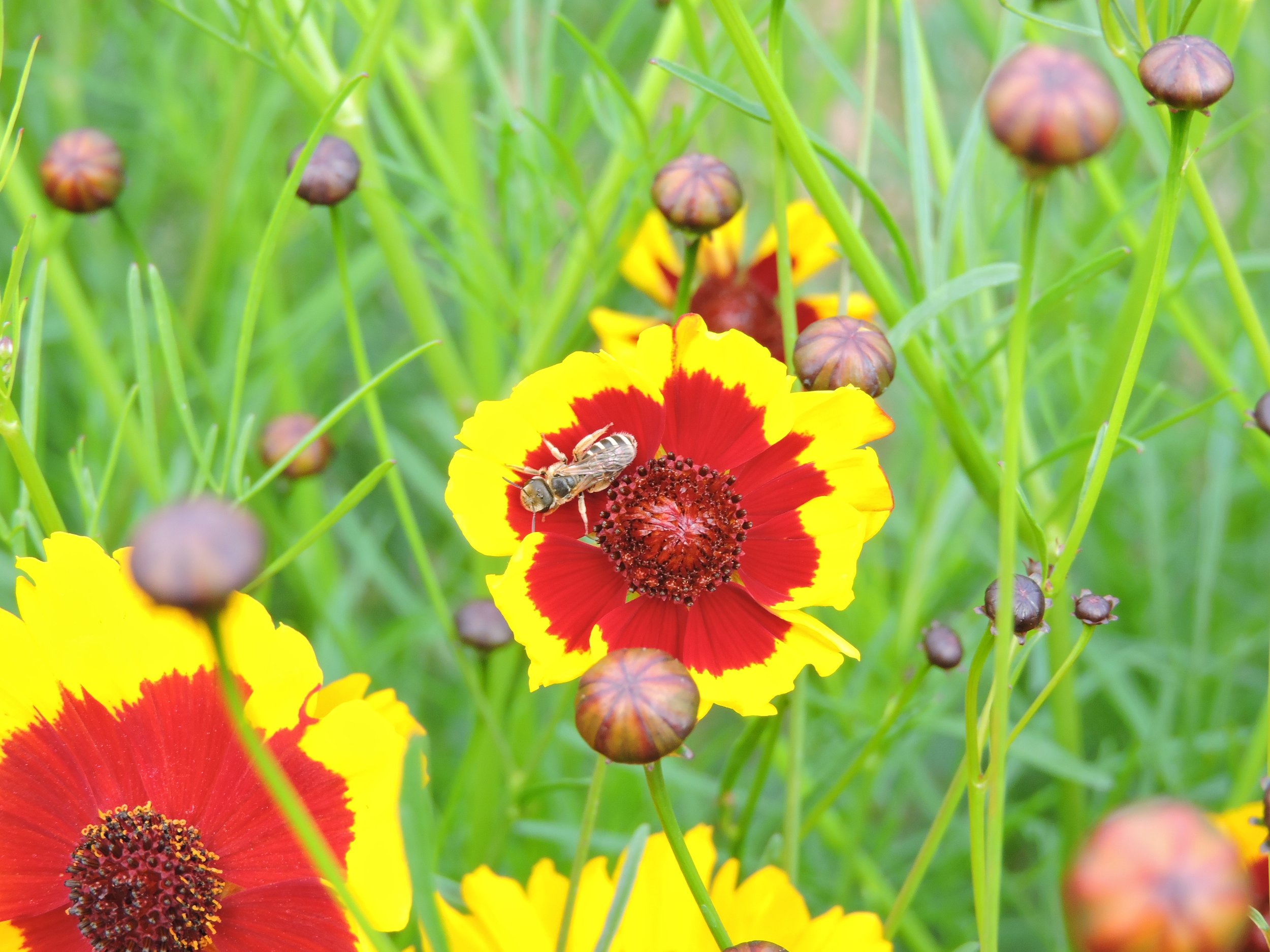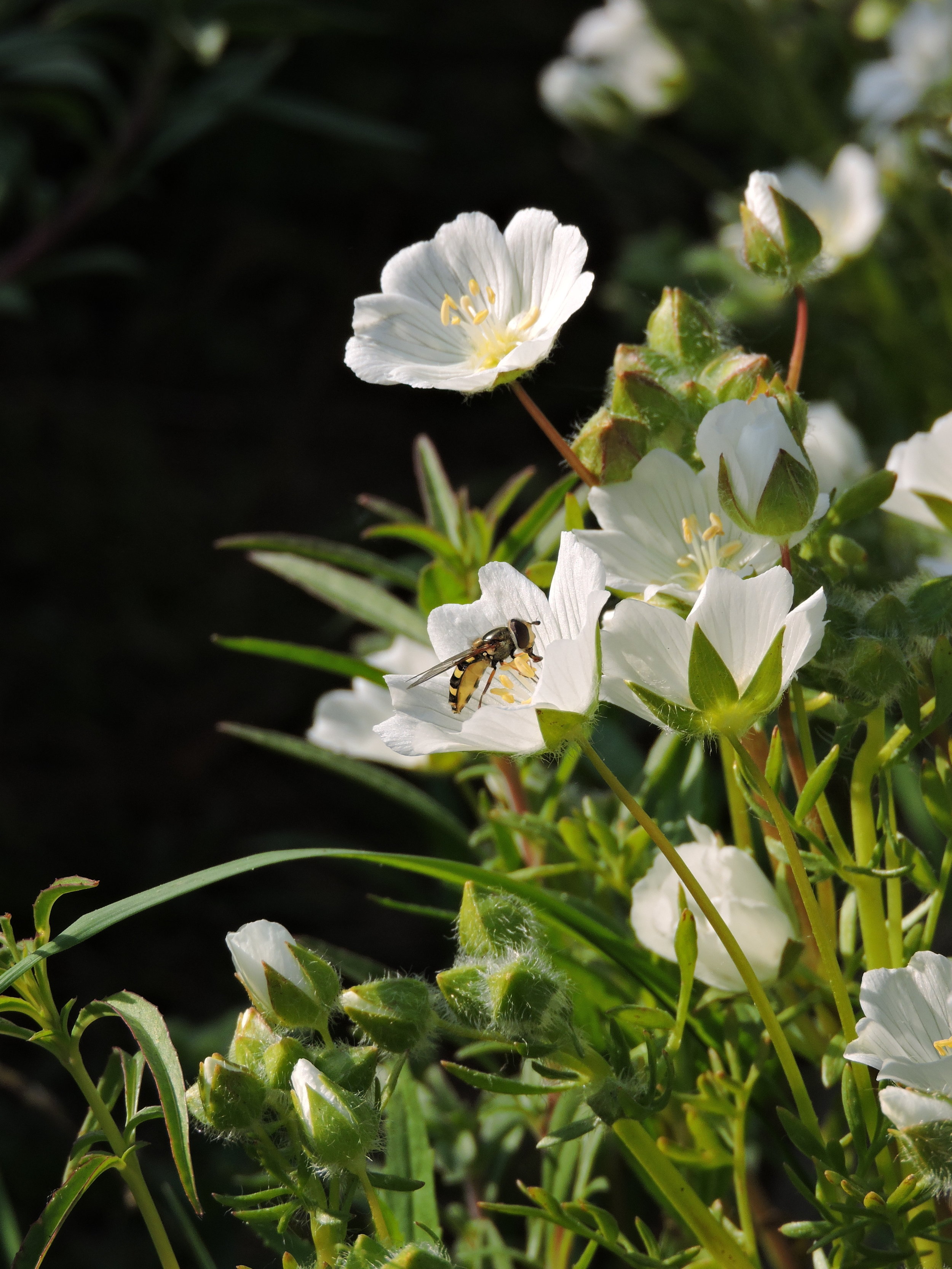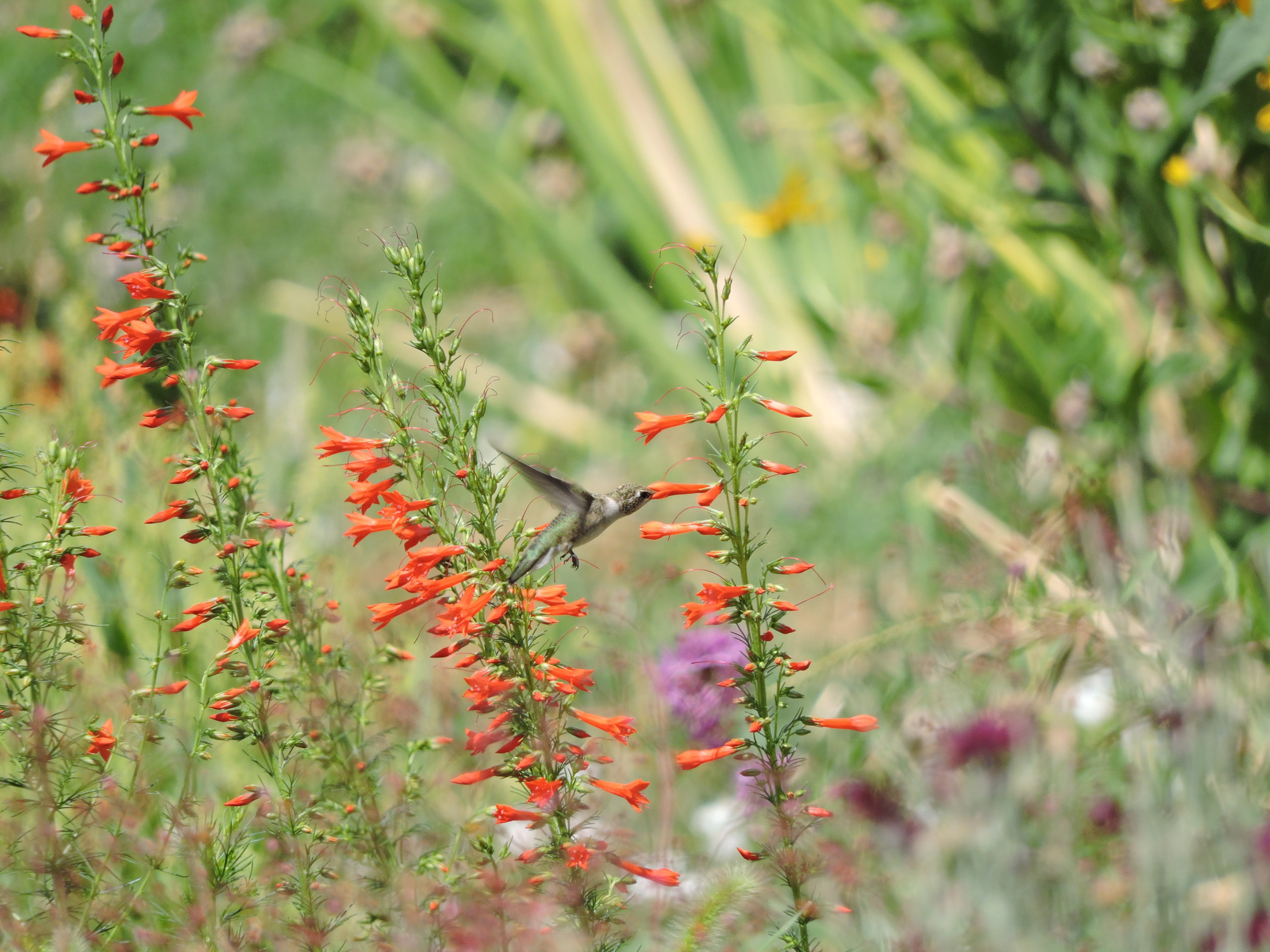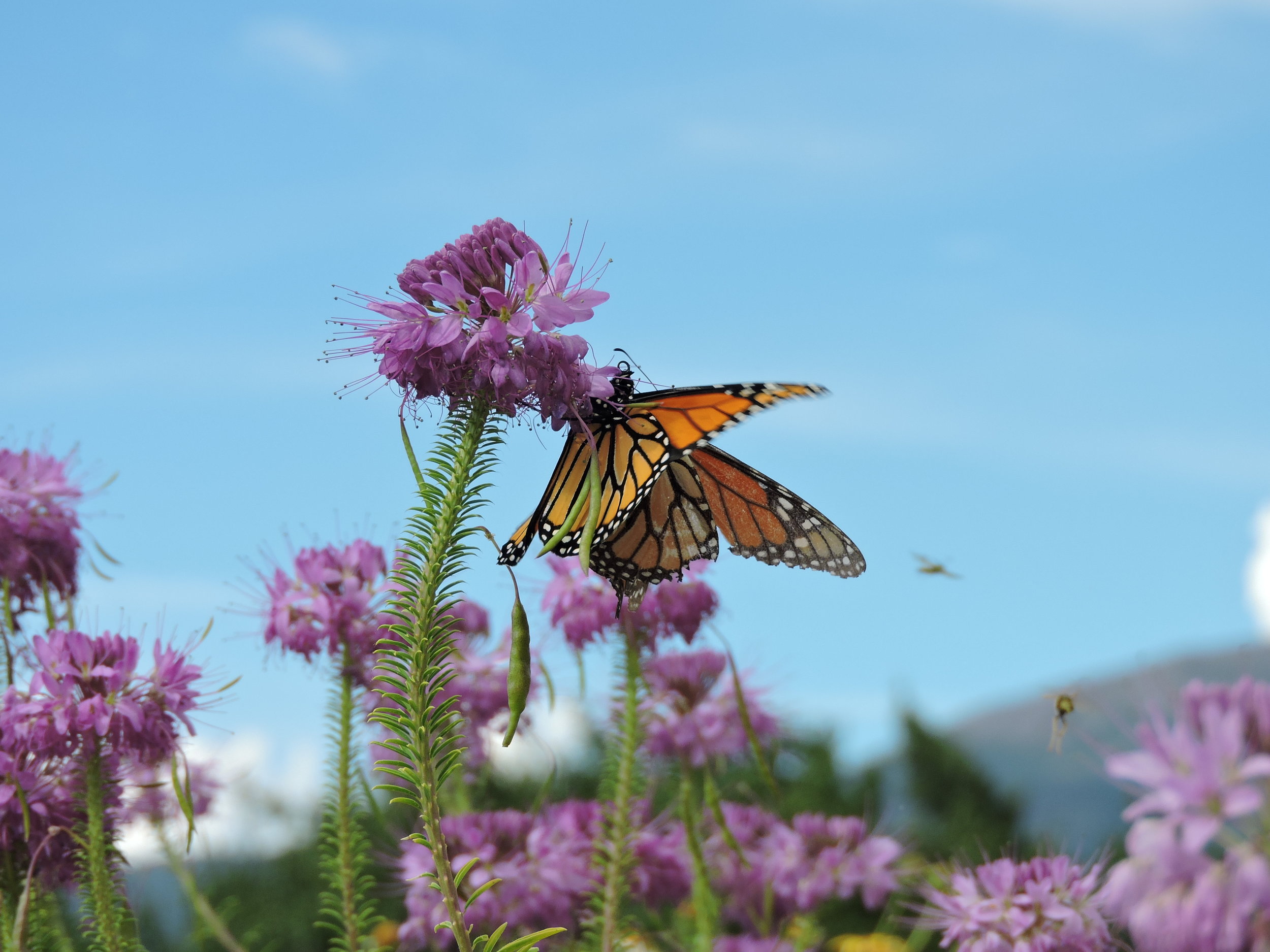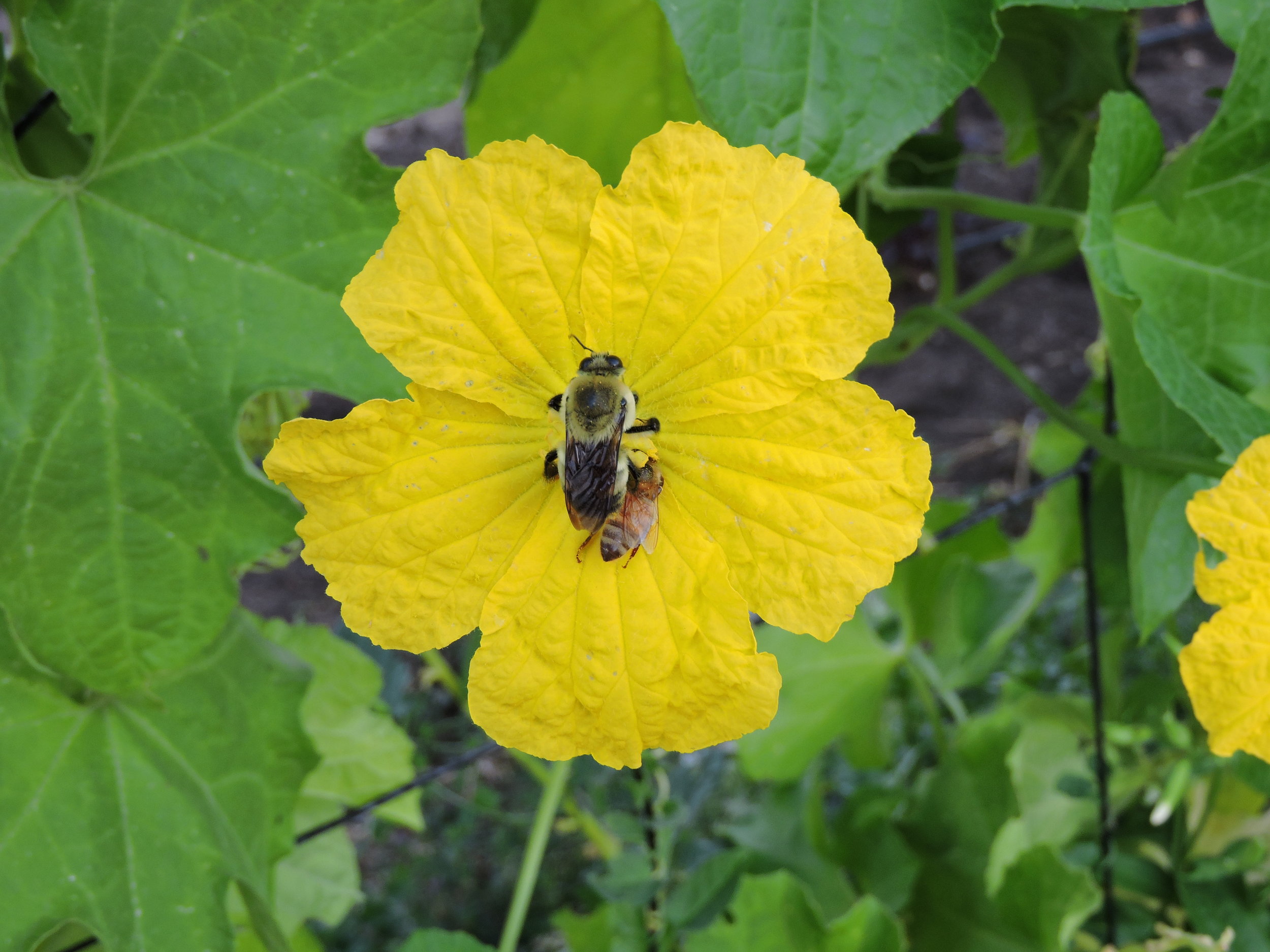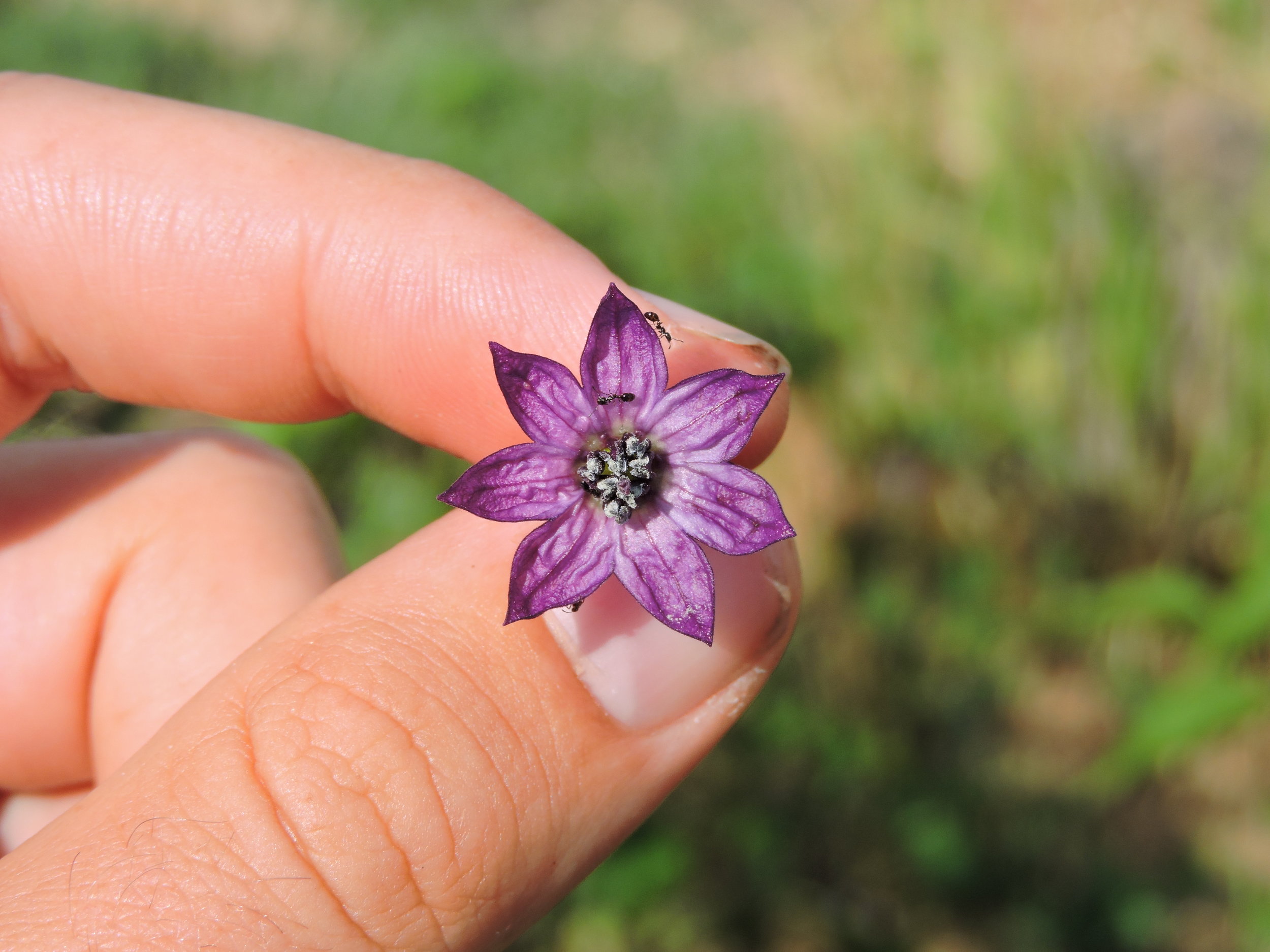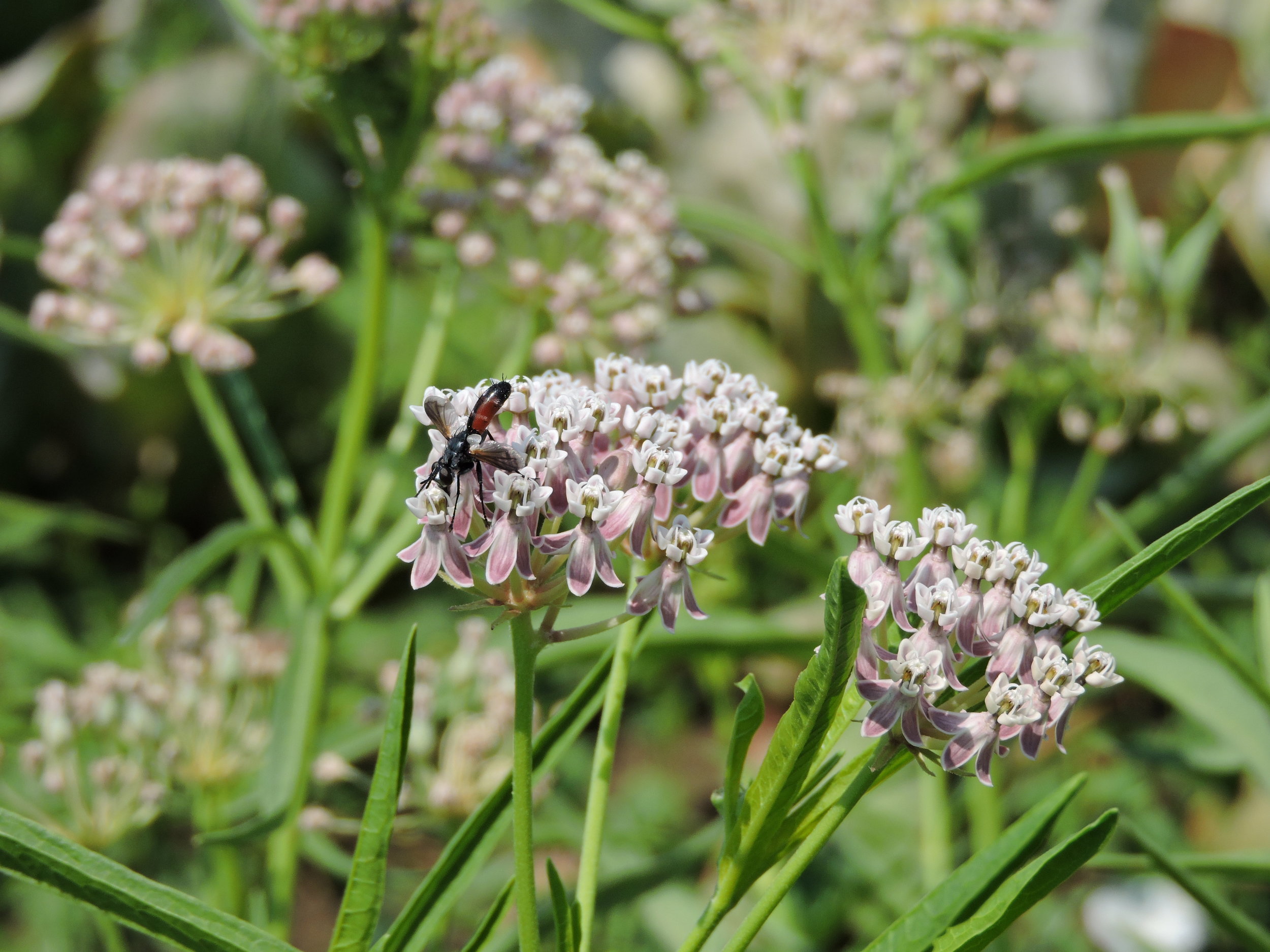"There is a flower that bees prefer": Single vs. Double Flowered Varieties
For pollinators, not all flowers are created equal
While planning your flower beds this year, consider planting single flowered varieties (often straight species) alongside ornamental cultivars. Single flowered plants have a simple corolla, or ring of petals, with visible pollen covered anthers (like the Elka White Breadseed Poppy pictured above). These are the flowers that have co-evolved with pollinators. Double flowered plants, on the other hand, have a dense head of petals (like an ornamental rose) that are bred by exploiting naturally occurring genetic mutations that transform some or all of the flower's stamens into additional petals. This change in the flower's anatomy decreases the amount of pollen available to insects, and also makes it more difficult for pollinators to access the remaining anthers buried deep within the thick blooms.
Don't get us wrong though, we love showy ornamental human-selected cultivars (like our open-pollinated Shades of Gold Marigold). We just prefer to plant them in moderation so that the majority of our flowers can provide nectar, pollen, and nesting material (see our Lindley's clarkia) to our local pollinators.
“THERE is a flower that bees prefer,
And butterflies desire;
To gain the purple democrat
The humming-birds aspire.
And whatsoever insect pass,
A honey bears away
Proportioned to his several dearth
And her capacity.
Her face is rounder than the moon,
And ruddier than the gown
Of orchis in the pasture,
Or rhododendron worn.
She doth not wait for June;
Before the world is green
Her sturdy little countenance
Against the wind is seen,
Contending with the grass,
Near kinsman to herself,
For privilege of sod and sun,
Sweet litigants for life.
And when the hills are full,
And newer fashions blow,
Doth not retract a single spice
For pang of jealousy.
Her public is the noon,
Her providence the sun,
Her progress by the bee proclaimed
In sovereign, swerveless tune.
The bravest of the host,
Surrendering the last,
Nor even of defeat aware
When cancelled by the frost.”
